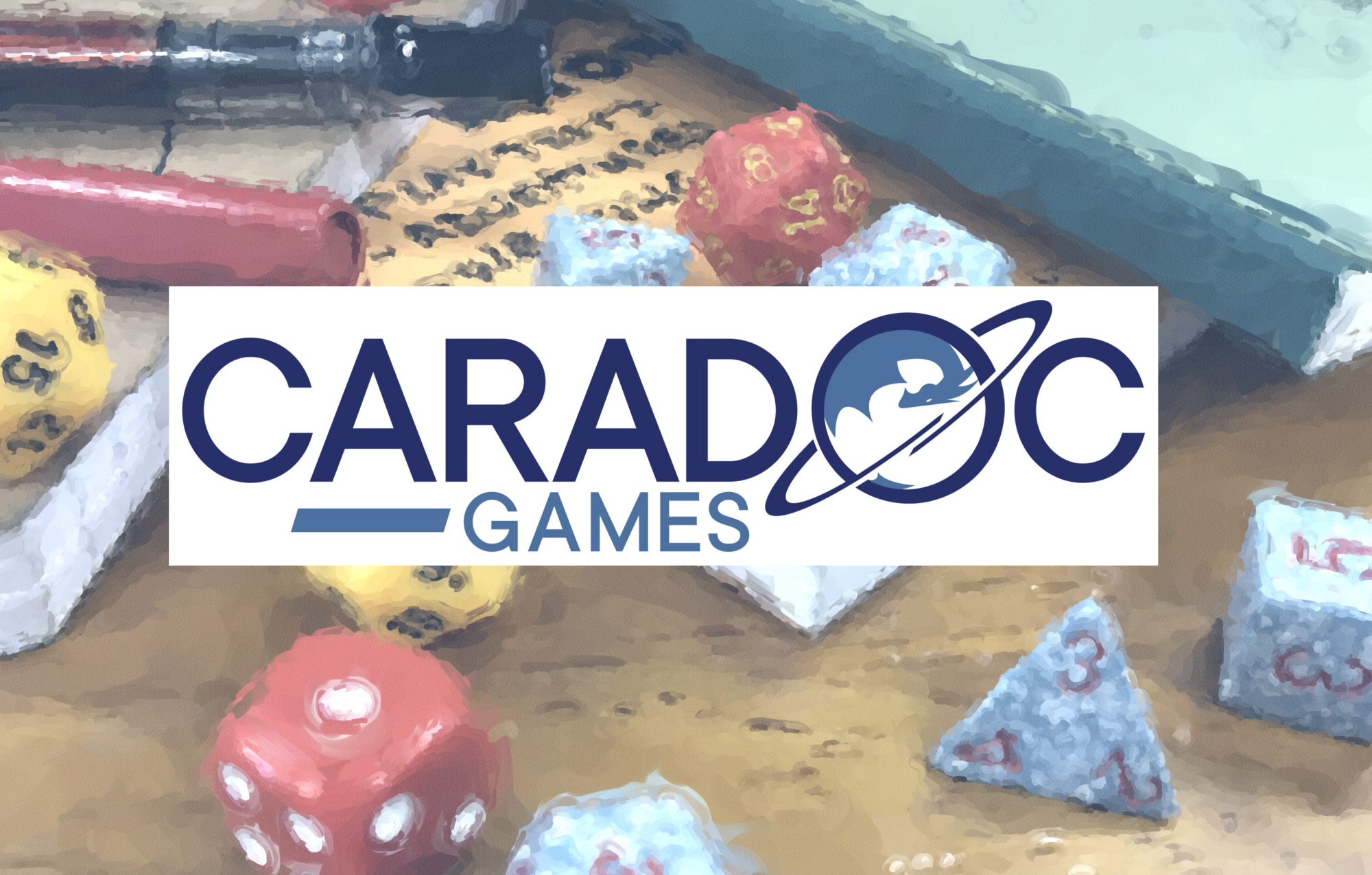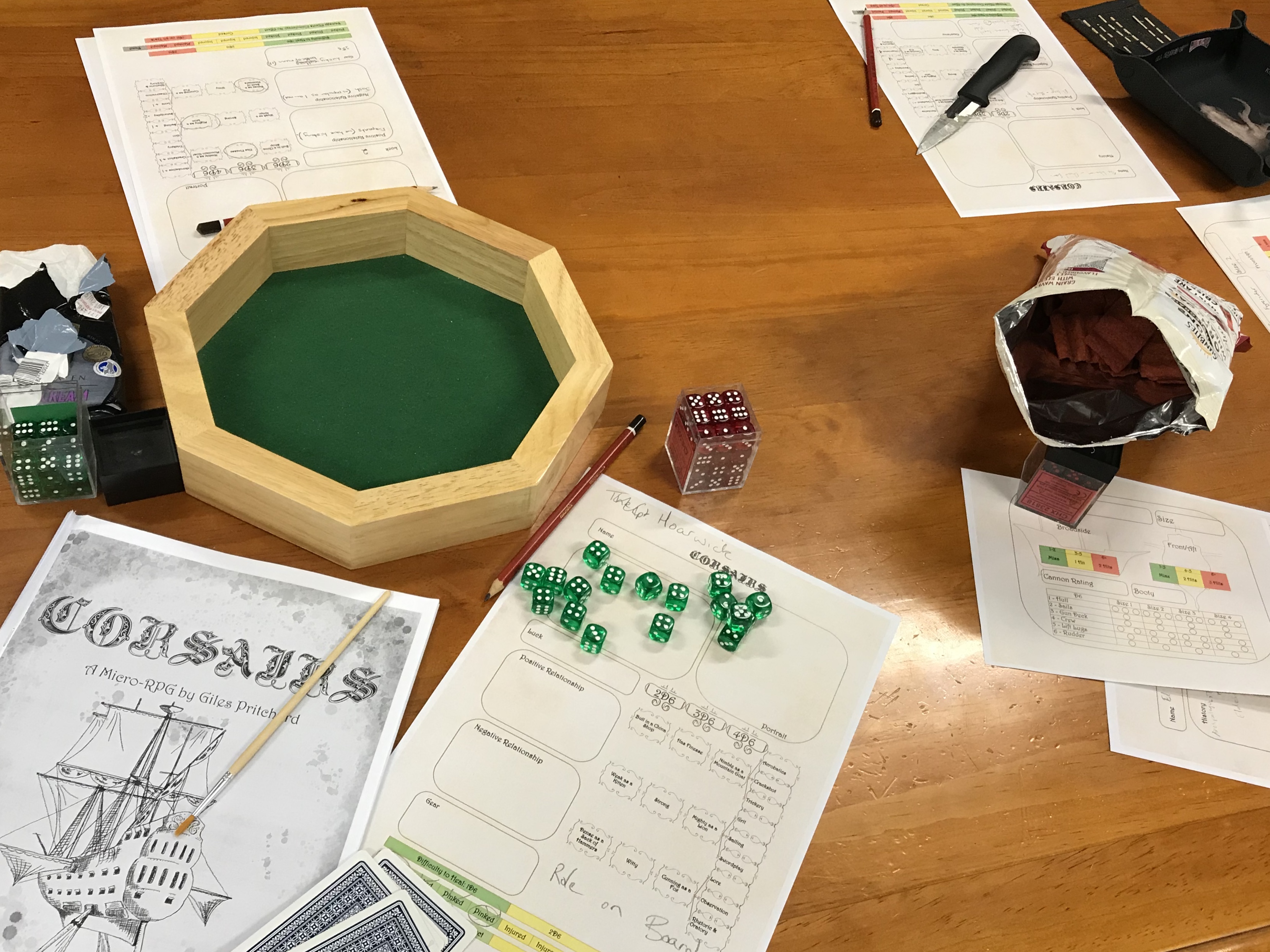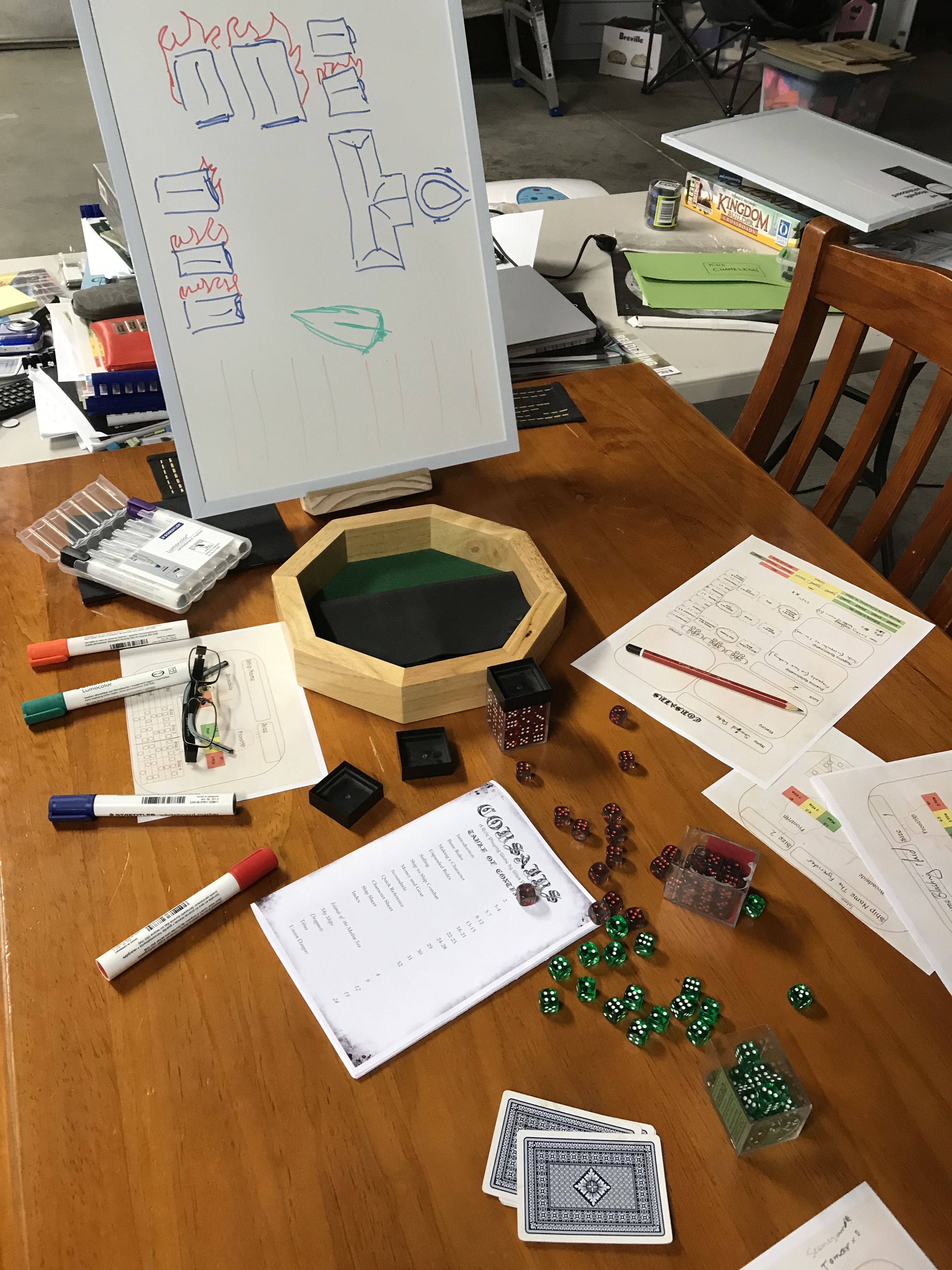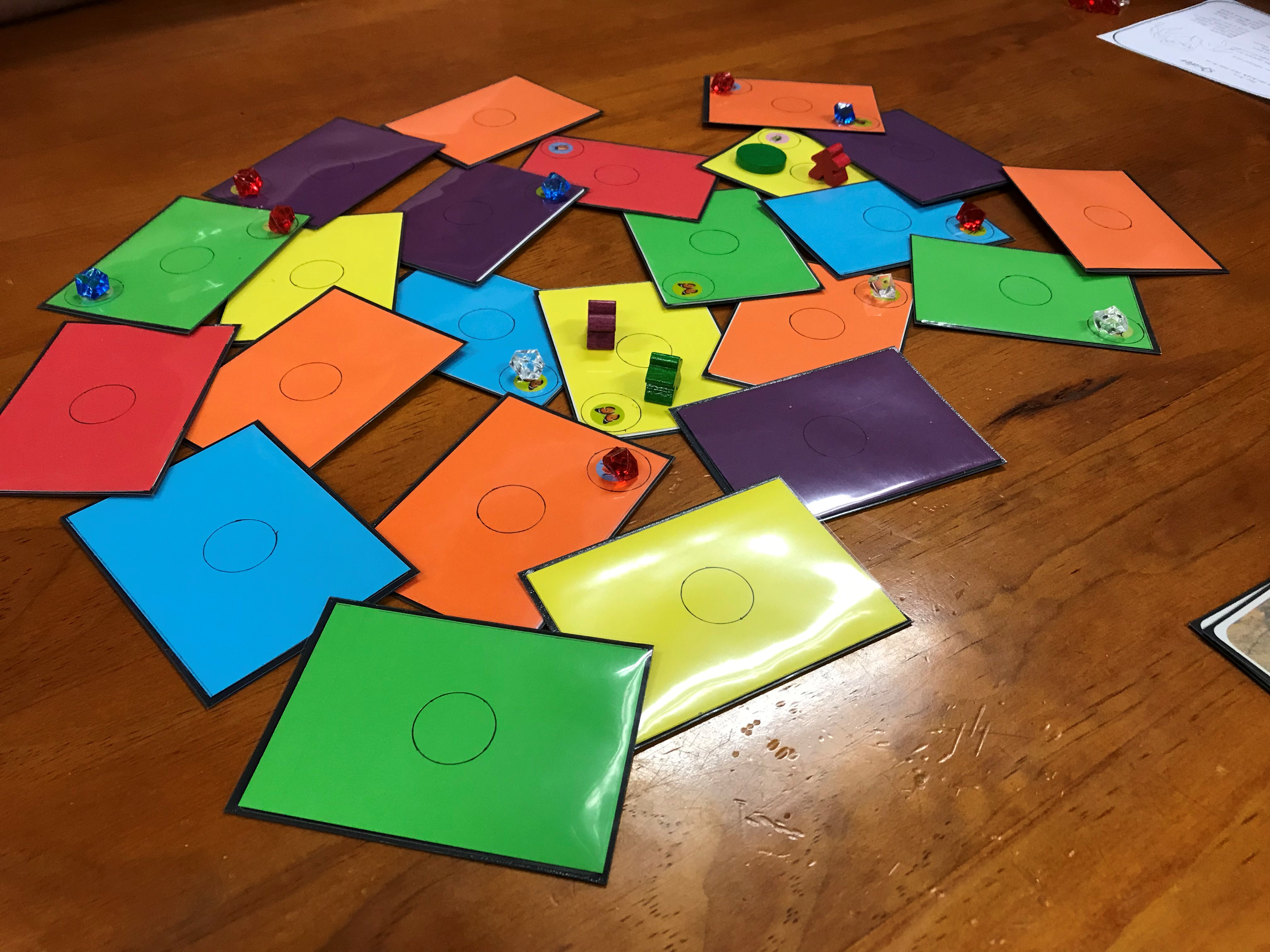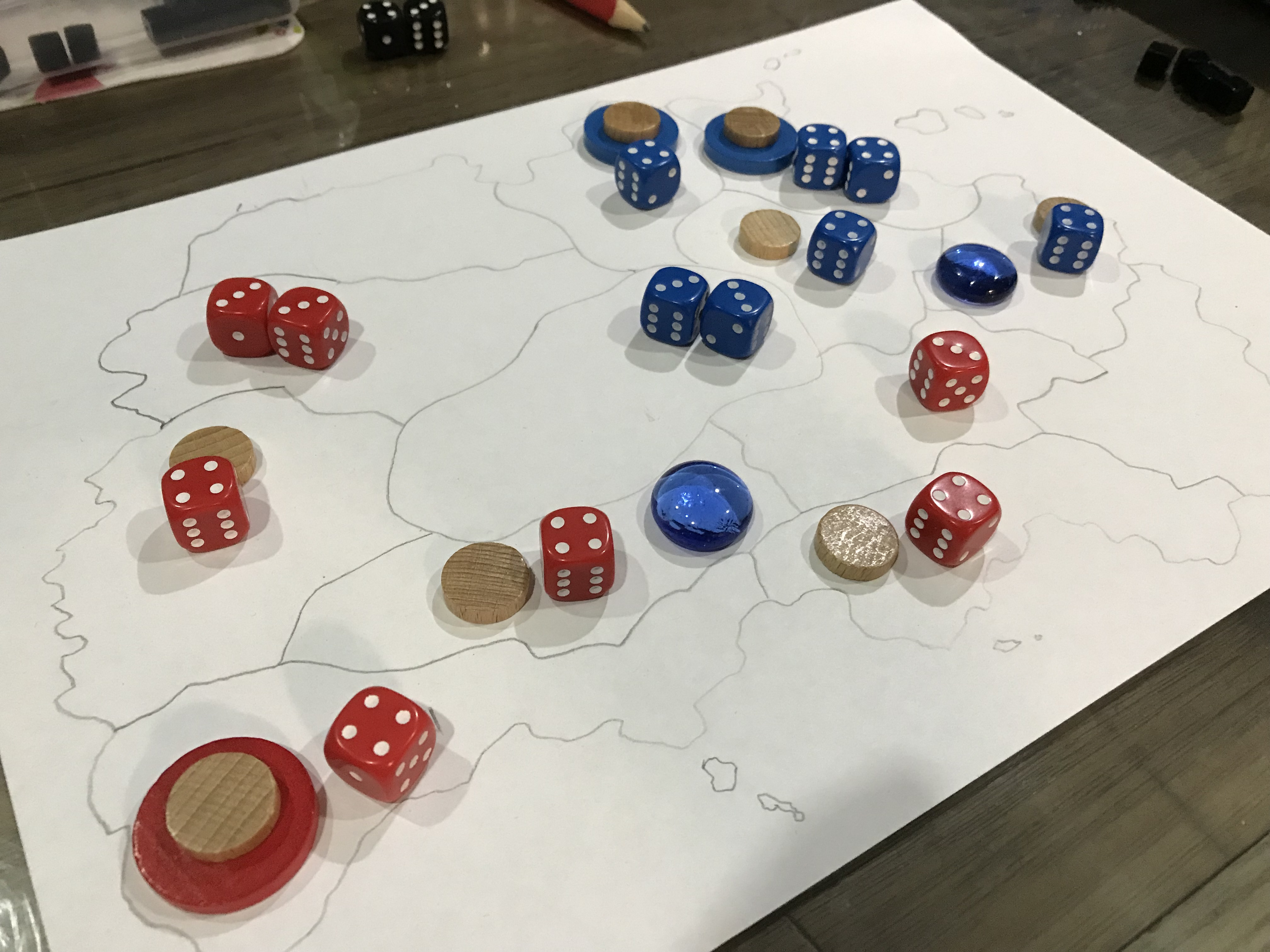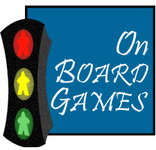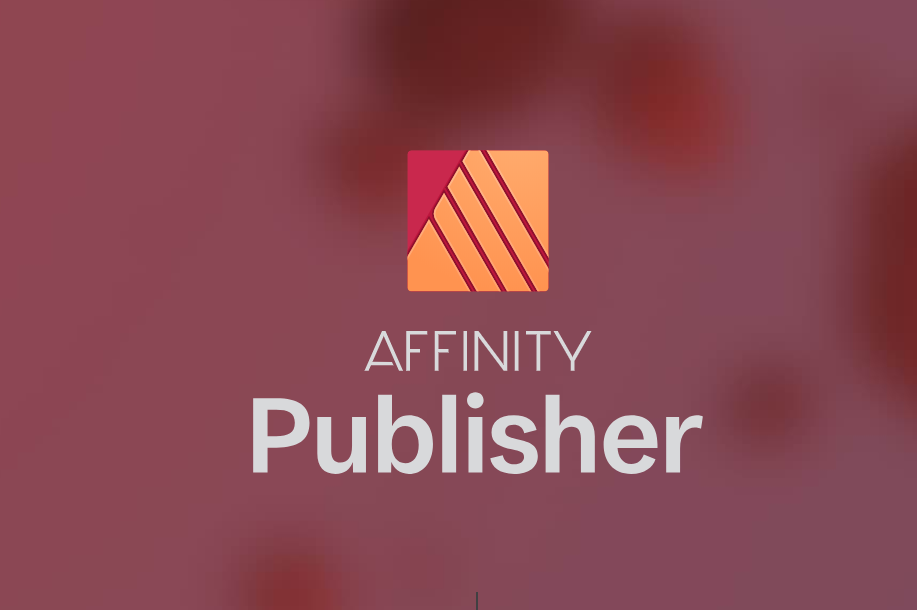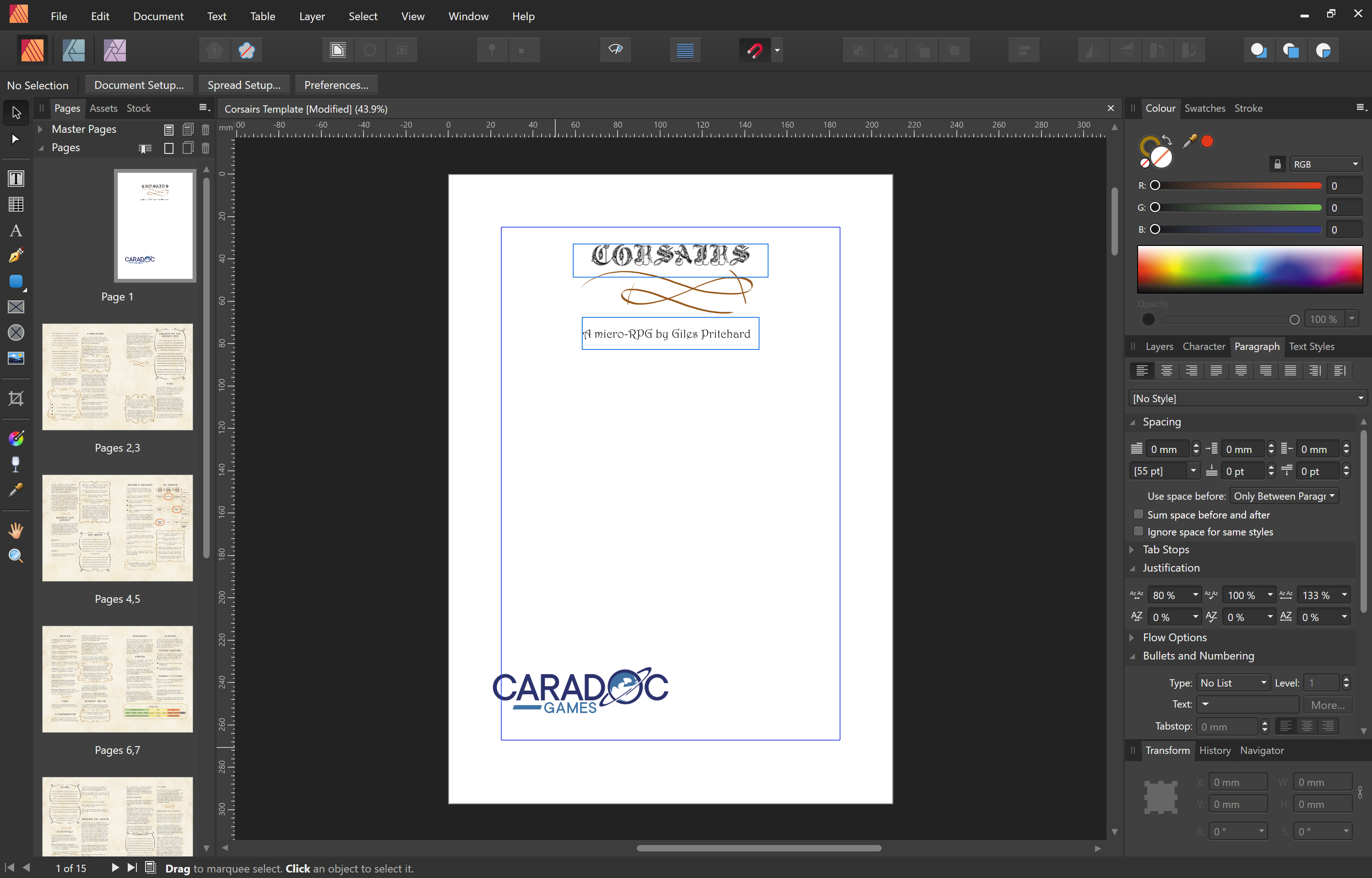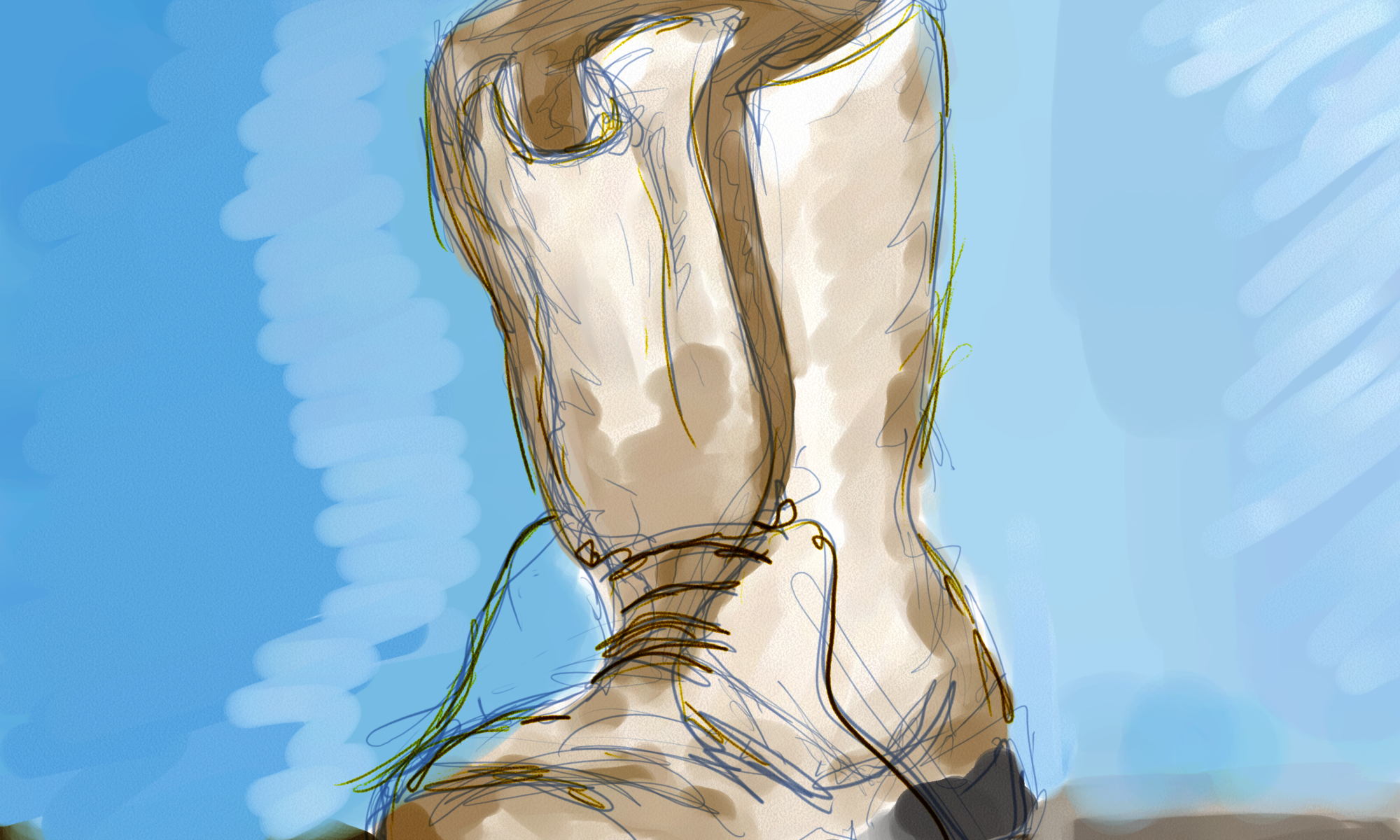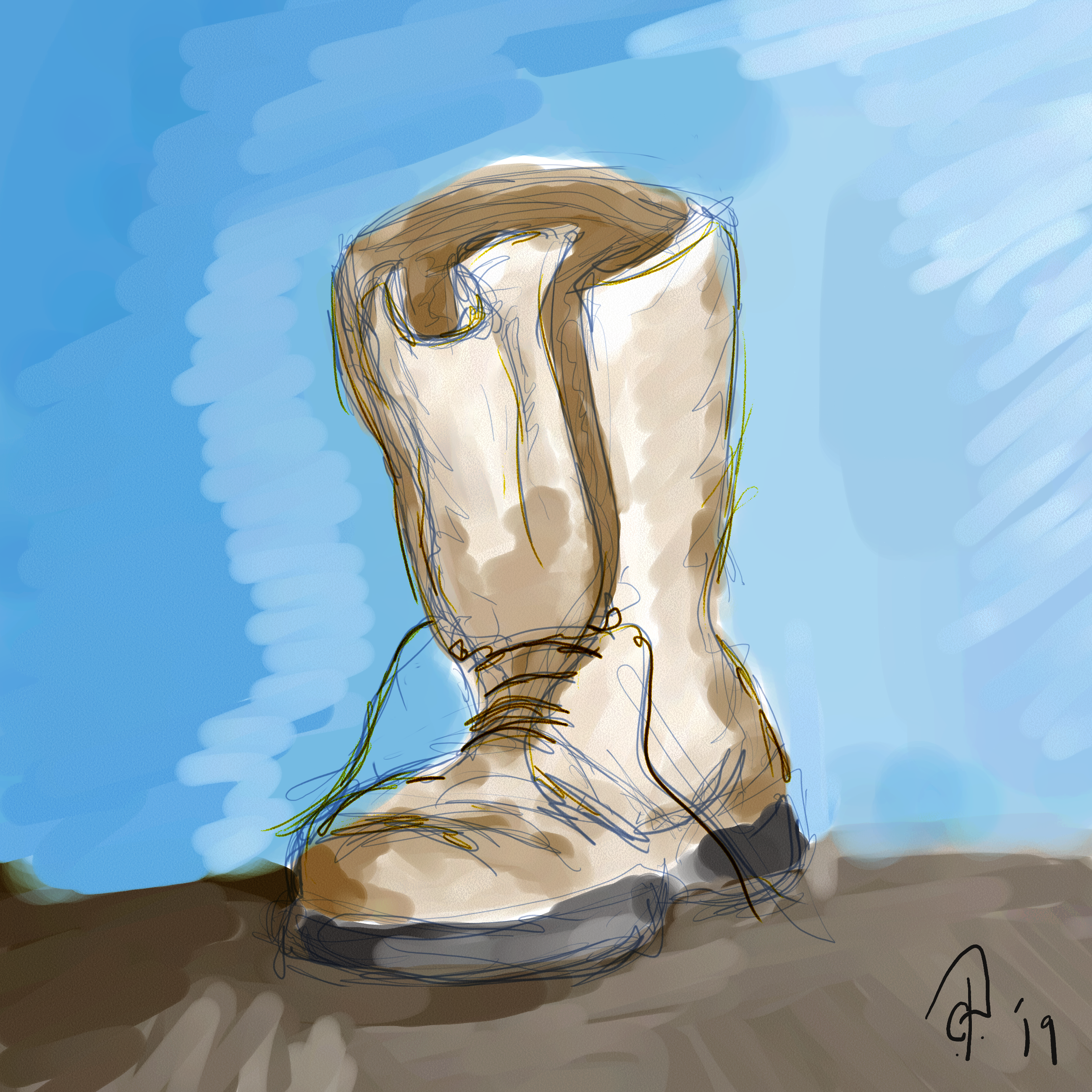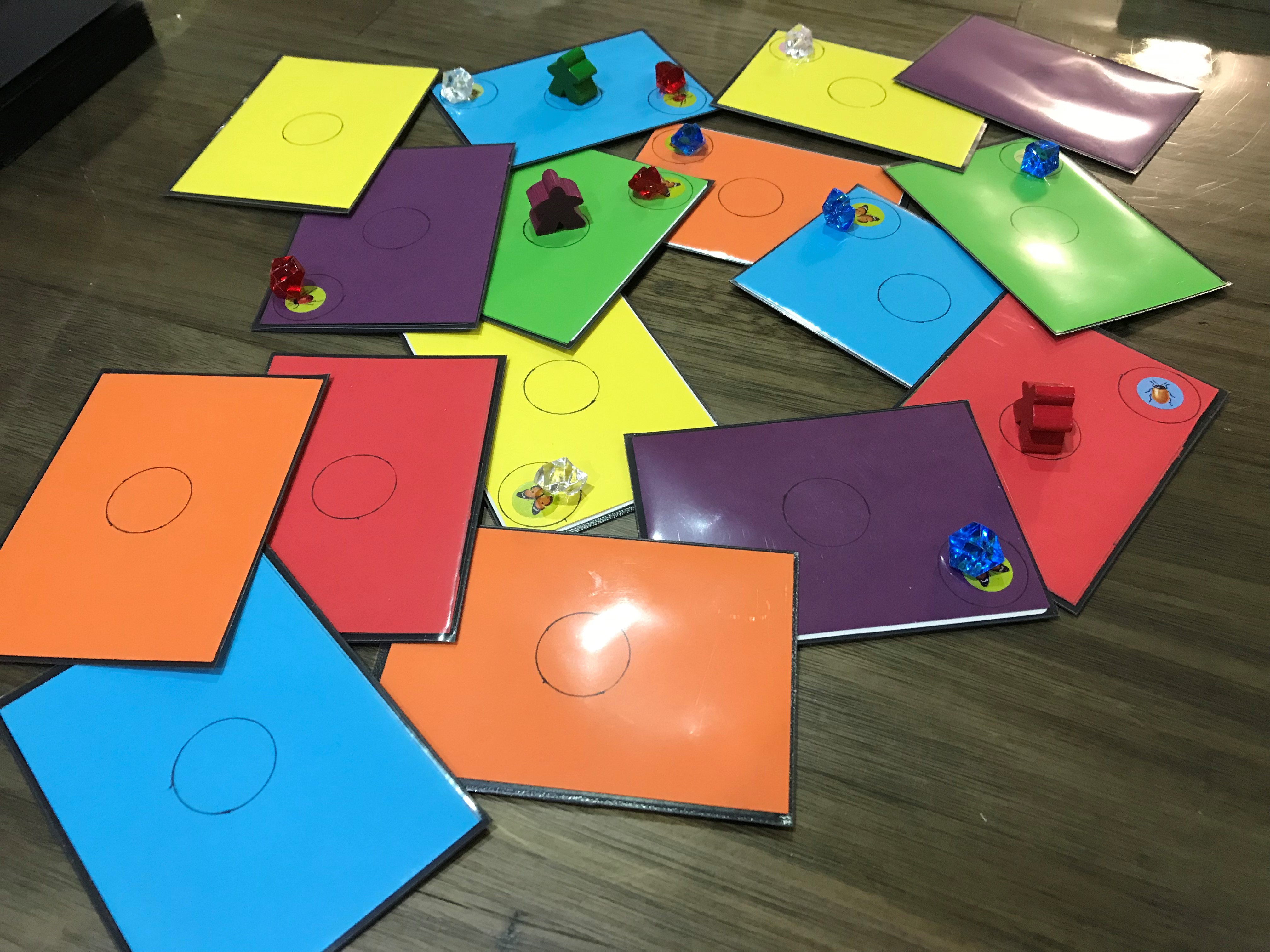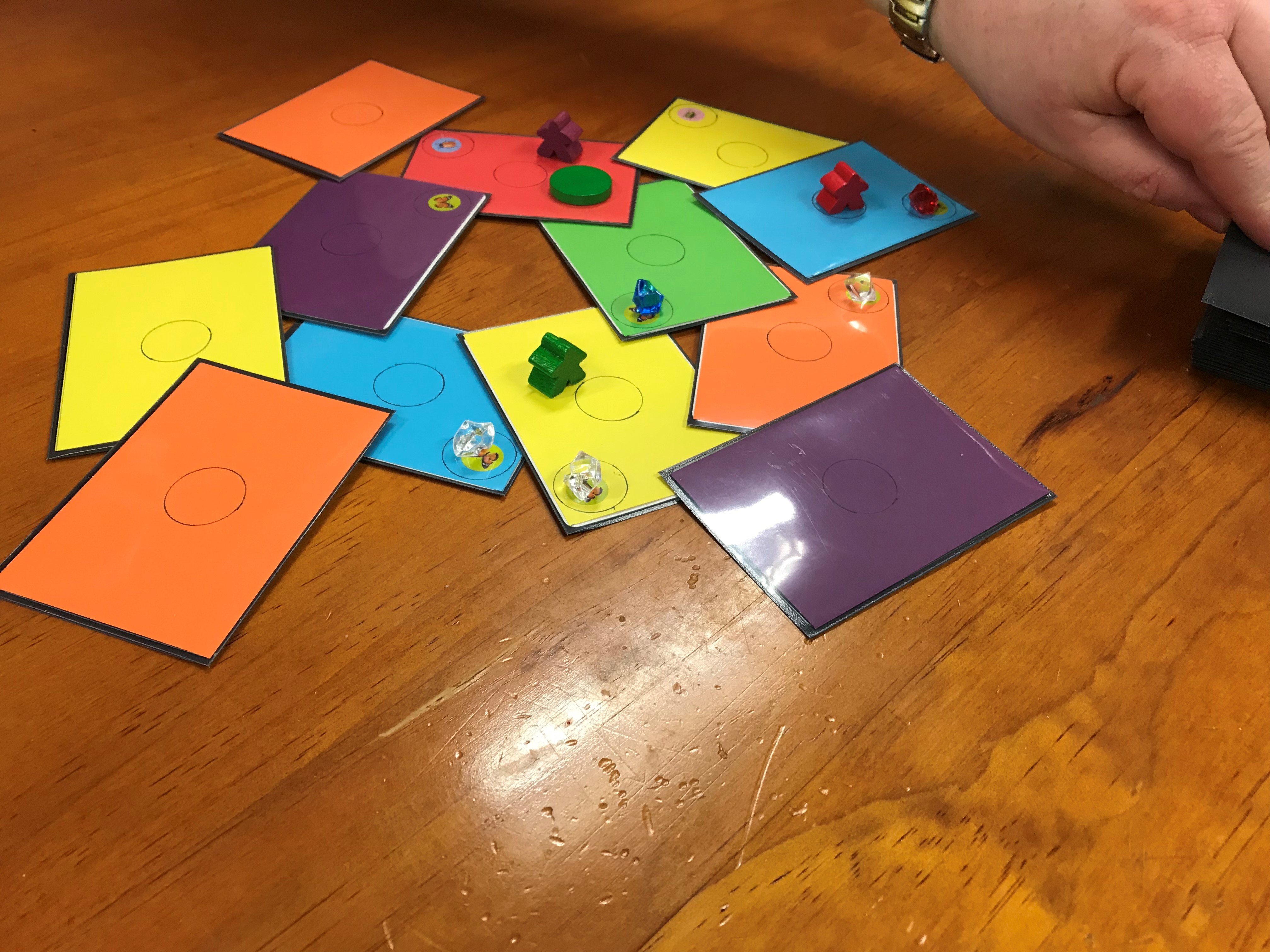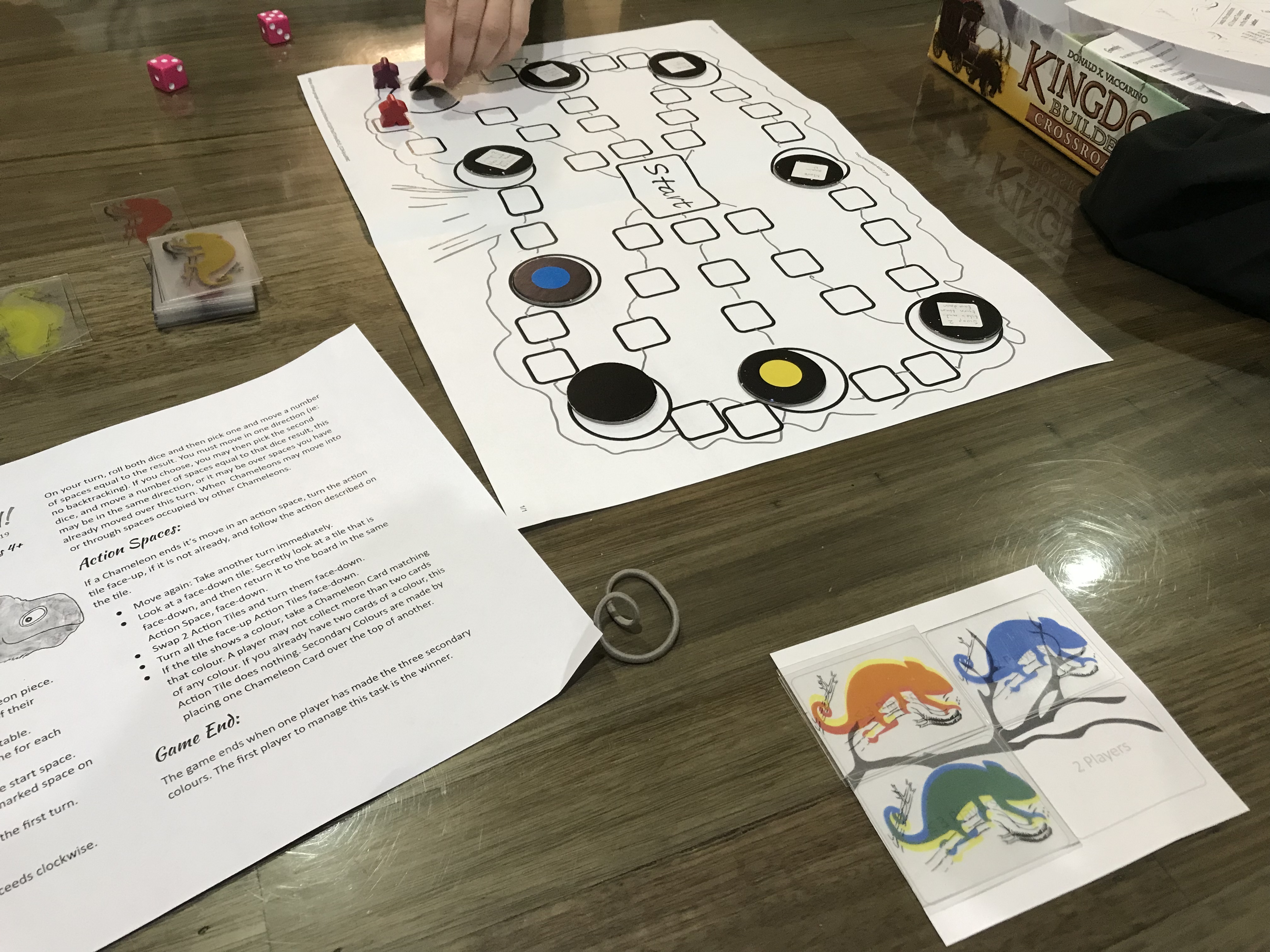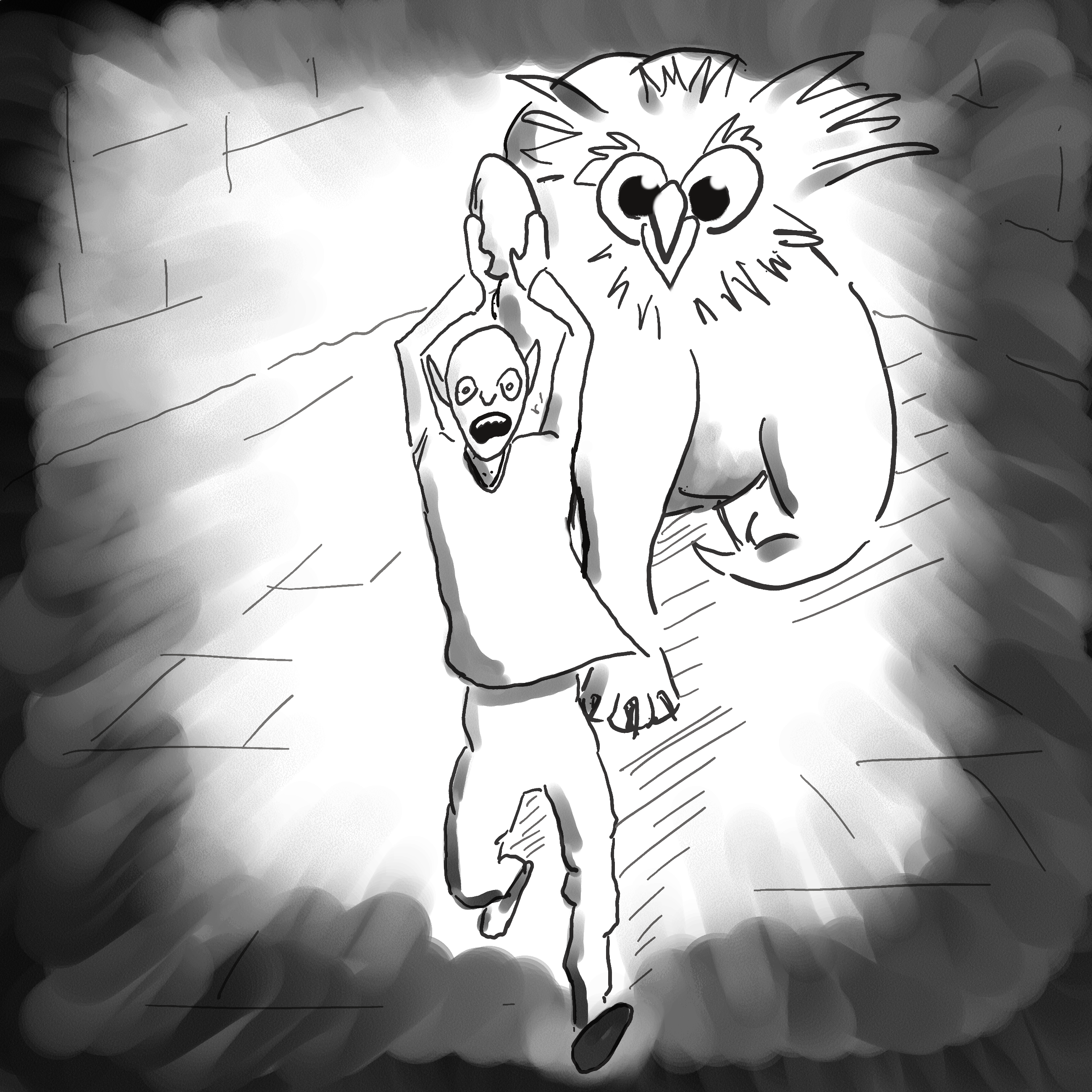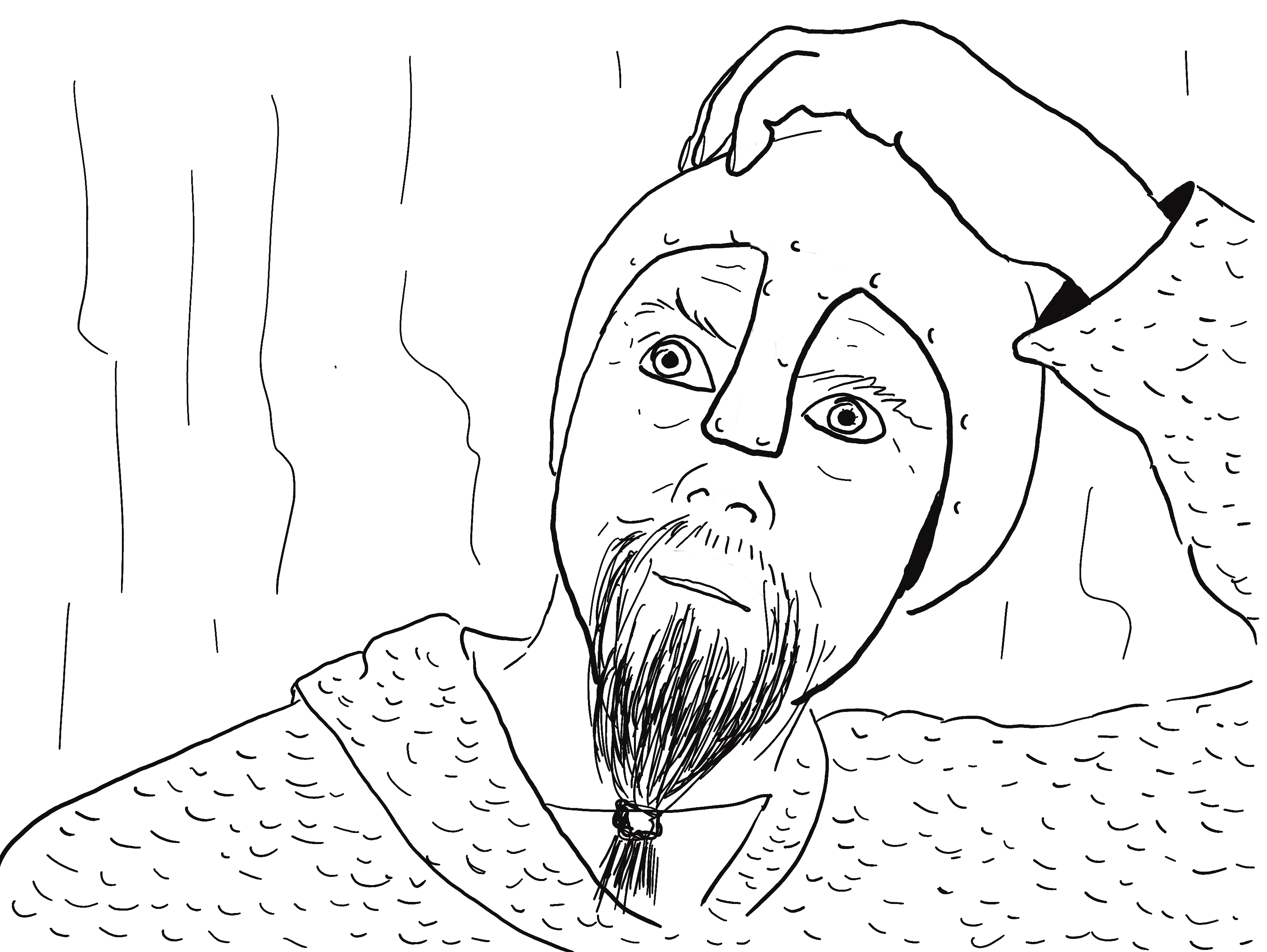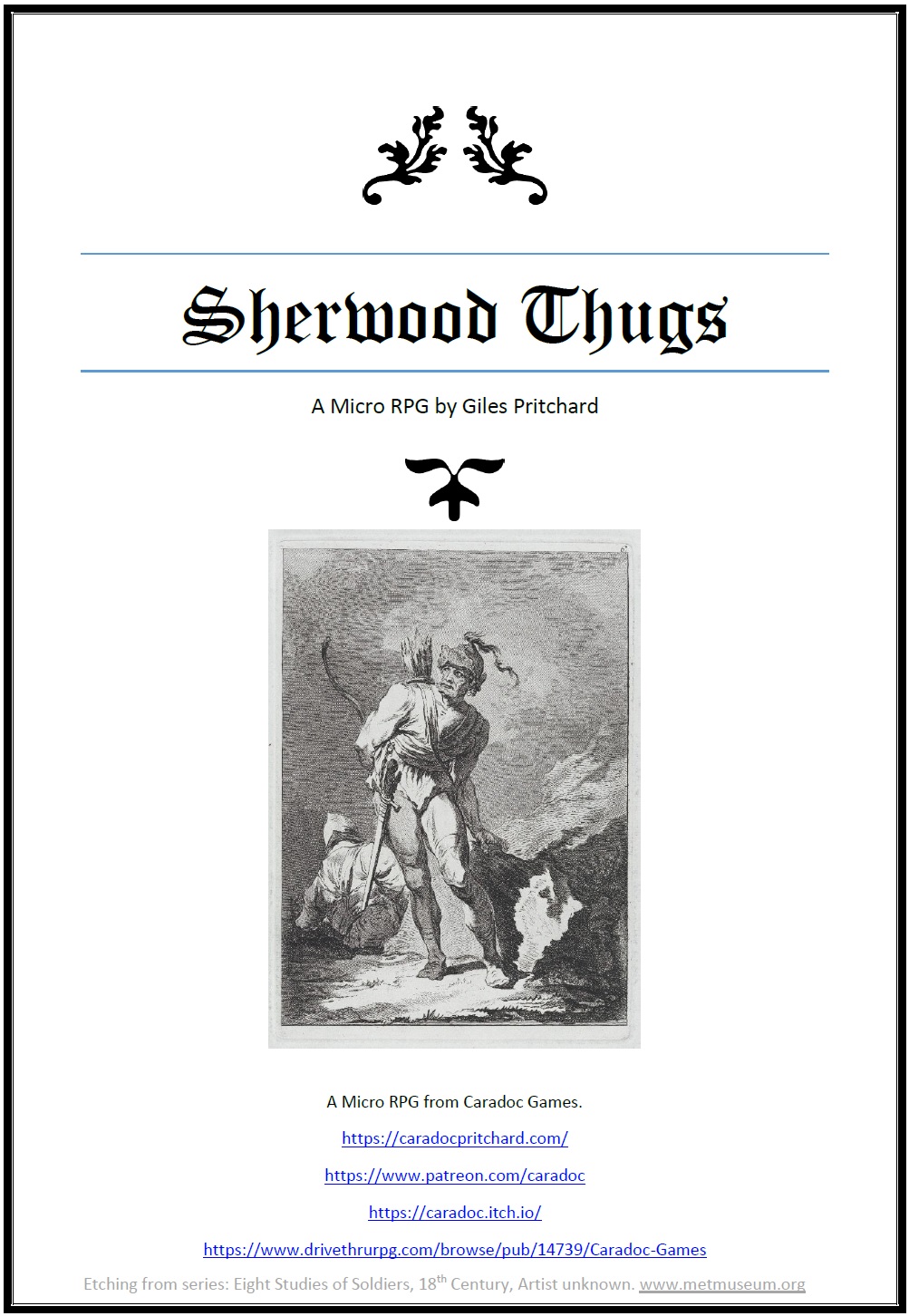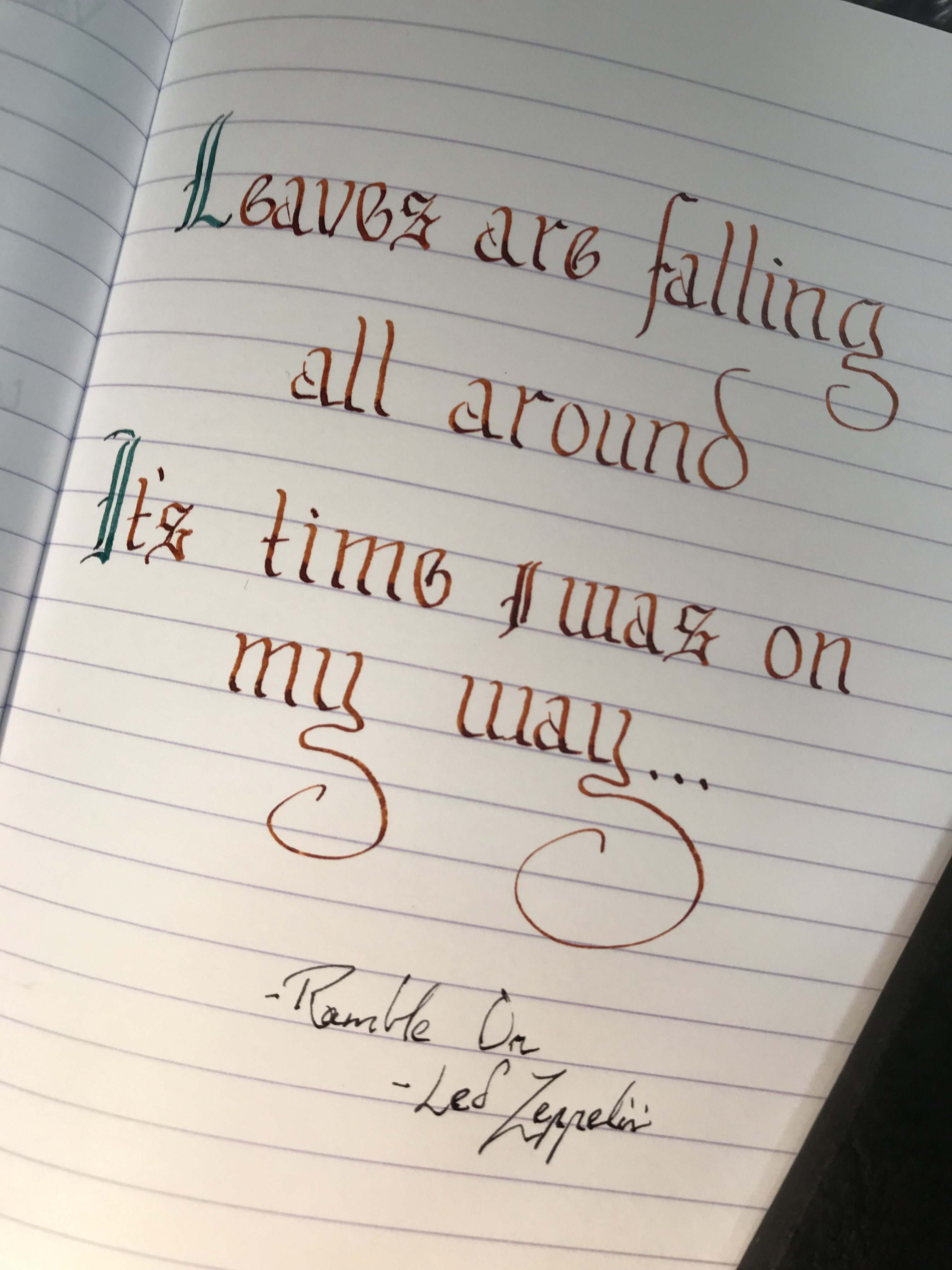For the briefest of moments I was going to title this: Finish line in sight… but then I came to my senses. The starting line is in sight, and the kickstarter page for Corsairs is almost ready to be submitted for approval. I need to make some small final adjustments, run over the maths again for the millionth time, and hit submit… it is close!
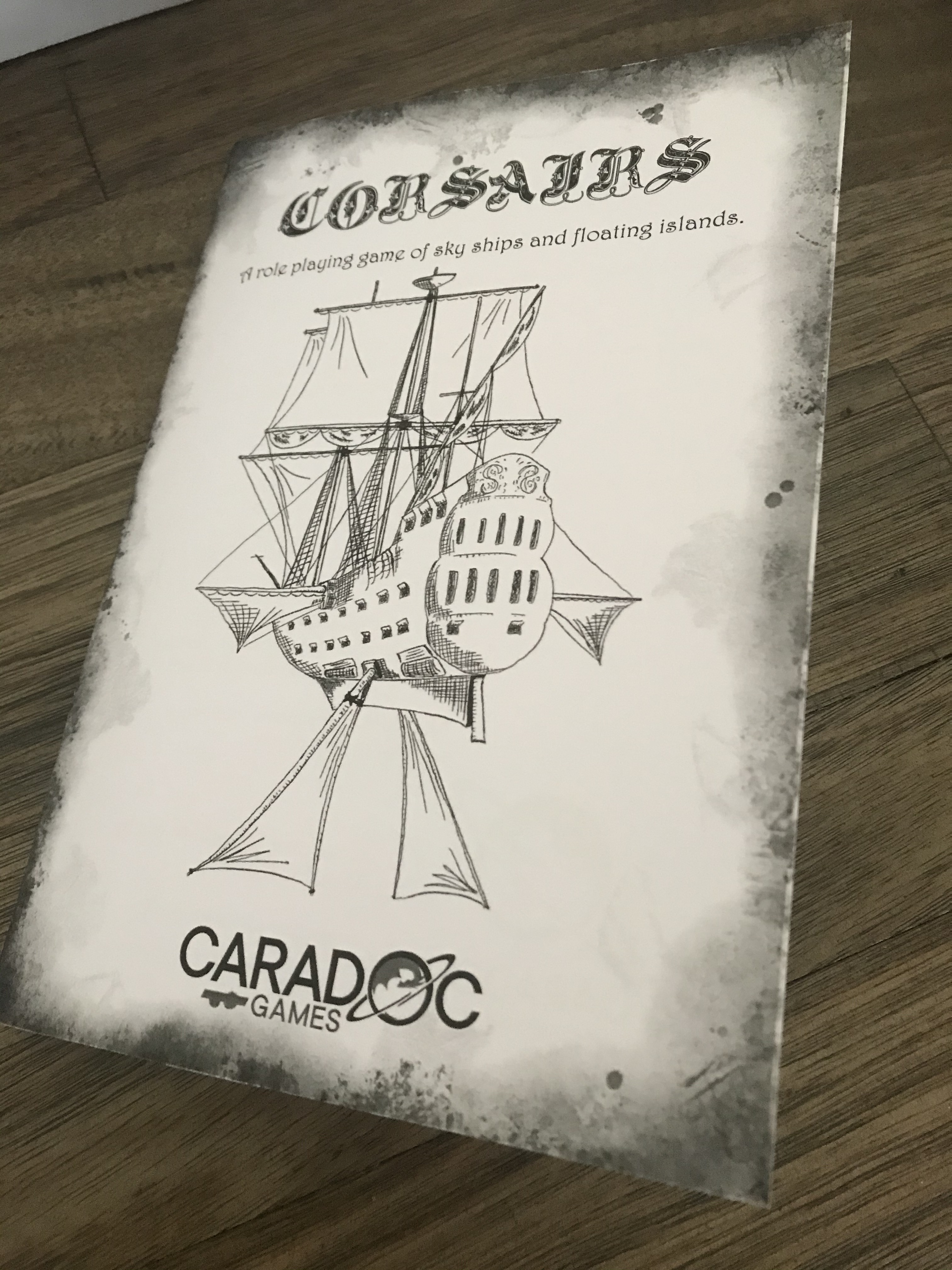
A part of all the organisation and planning that has gone into this is sorting out the costs of shipping. Shipping from Australia is expensive, and maybe, just maybe, the currency conversion rates for the weak Australian dollar in comparison to the US dollar, the Euro, or the Pound, will make a difference, but the fact remains: shipping from Australia is expensive. Working out exactly what those incidental costs will be is important. The cost of printing the zine is A, the cost of art, writing, and all those other creative parts B, the cost of shipping is C, and the cost of the shipping materials is D.

A+B+C+D is what the zine costs me, to send to you, the backer. I have quotes for A, a cost for B, and know what D will be. The cost of C, shipping, is dependent on weight. The weight of the zine, the weight of the packaging, and the added weight of shipping labels and so forth.
To aid in this process, and to make sure everything is ready to roll as it should be, I have had a test book printed. This proof helps me for a number of reasons, one: I can test the actual finished weight of the zine. Two, I can make any adjustments required (already I can see that aspects of the character sheet are too close to the gutter and need to be adjusted), and so on. Plus, it is super nice to hold a physical copy of the zine, and to see what it will look like.
It should be noted that the print proof is not using blue stock for the cover (as the finished zine will), but all the paper weights are correct and accurate, and will give me the information I need to move forward with shipping estimates. I must say that I am rather happy with the finished product. A neat, nice looking little booklet that contains all the rules required to go a-plundering the ships and shipping lanes of the Alderil Empire in a sky ship are present and correct! Very nice!
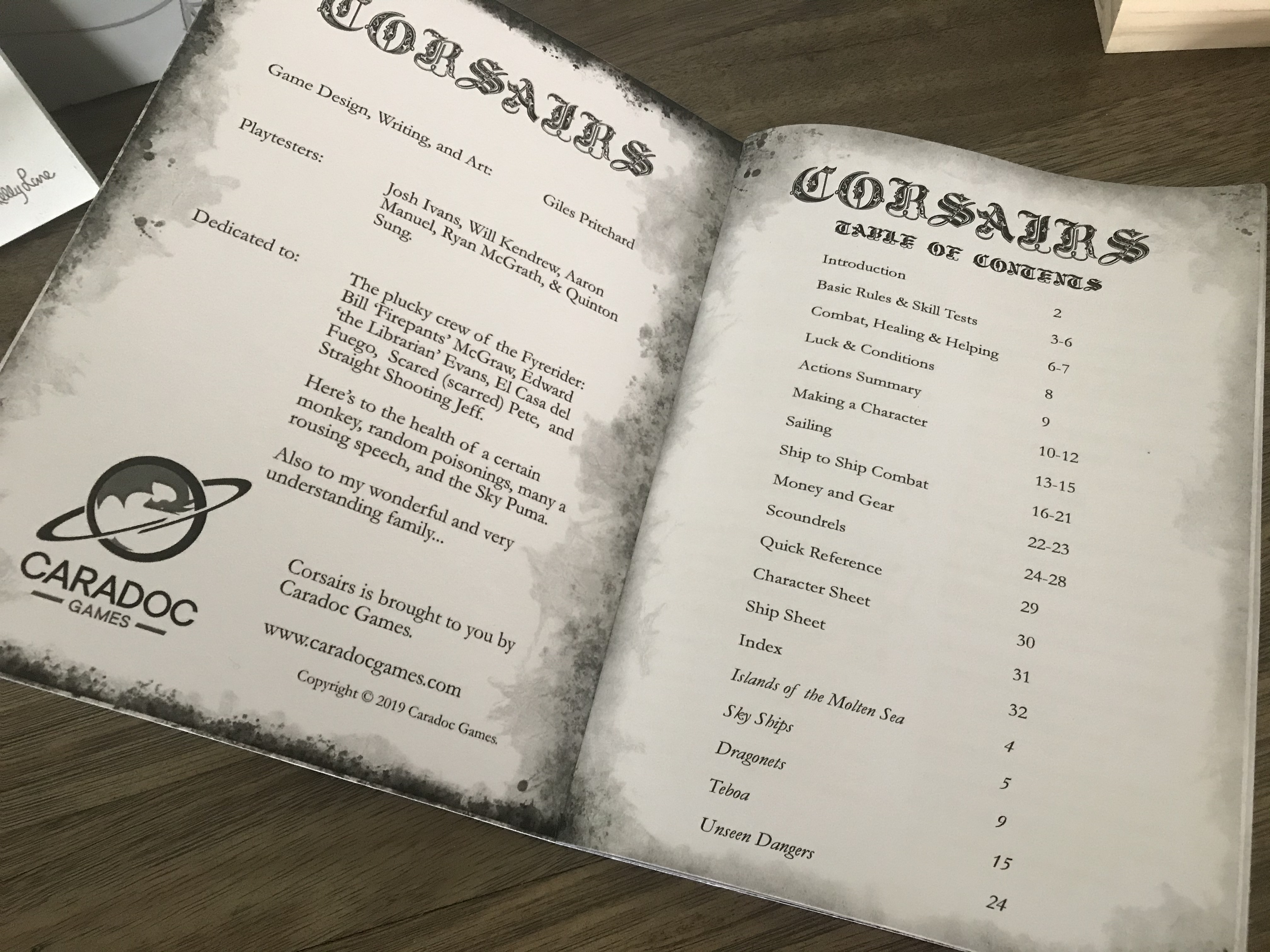
Also, my playtesters complained that I didn’t mention all the arson they undertook in the dedication, and to be fair to them, there was a lot of it.
